Mercedes-Benz V12 engine meets EURO 7 regulatory standards and will be retained in the future
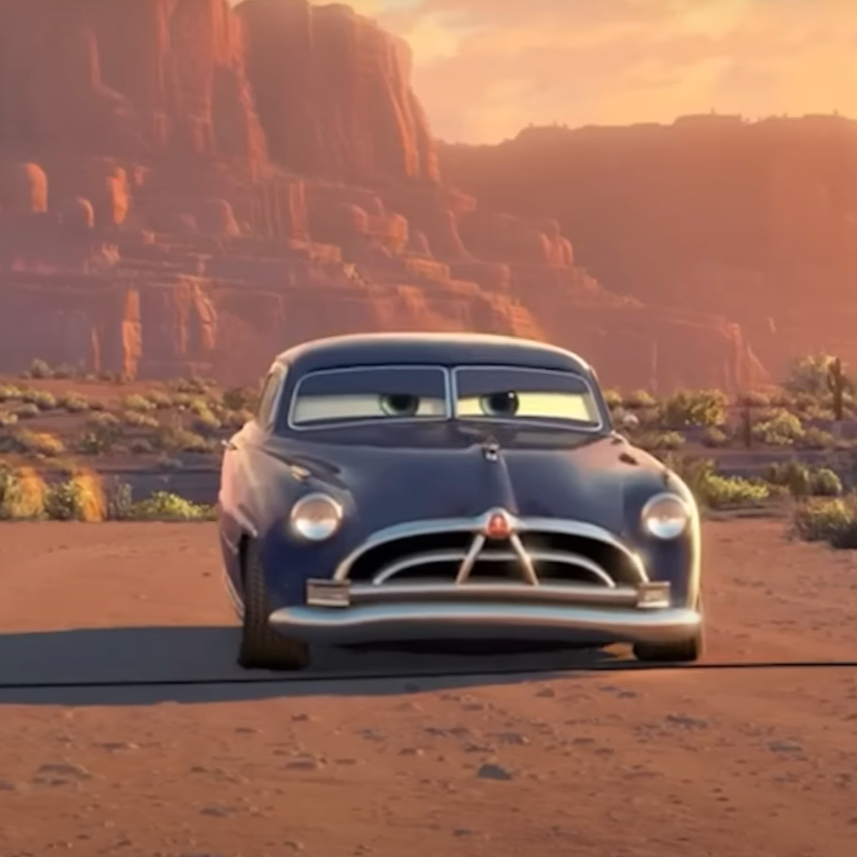 AshleySep 11, 2025, 11:22 AM
AshleySep 11, 2025, 11:22 AM

[PCauto] Amid the global automotive industry's accelerated shift towards electrification, Mercedes-Benz has unexpectedly announced that it will retain its iconic V12 engine. Through a series of technological upgrades, the V12 engine will comply with the forthcoming EURO 7 emissions standards and will be featured in high-end models such as the Maybach S680.
This decision was officially confirmed by Mercedes' Chief Technology Officer Markus Schäfer at the 2025 Munich Auto Show.
EURO 7 Significantly Tightens Emission Limits
EURO 7 emission standards (the European Stage 7 Emissions Regulations) have been dubbed the strictest emission standards in history by the industry. Its core changes cover tightened emission limits, the inclusion of non-exhaust pollutants for the first time, and enhanced anti-tampering technology requirements.
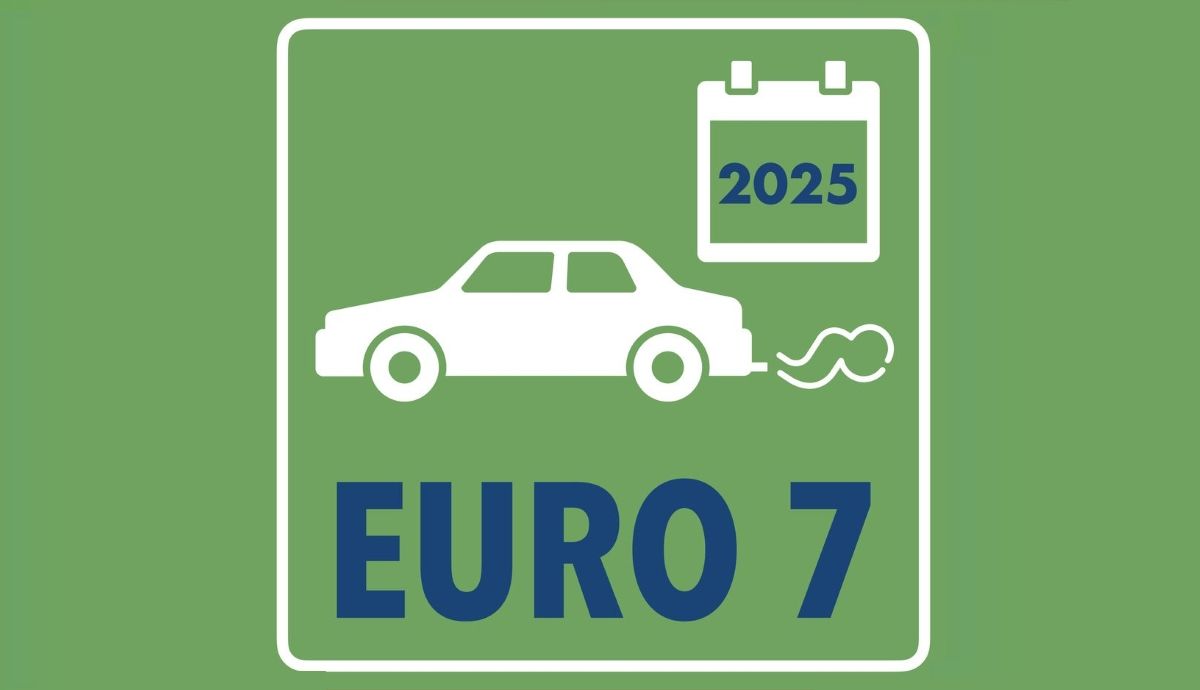
Regarding emission pollutants, EURO 7 reduces the nitrogen oxides (NOx) limit for diesel vehicles from 400 mg/kWh under EURO 6 to 200 mg/kWh, a 50% decrease. Particulate matter (PM) limits drop from 10 mg/kWh to 8 mg/kWh, while the particulate matter diameter detection standard tightens from 23 nanometers (PN23) to 10 nanometers (PN10).
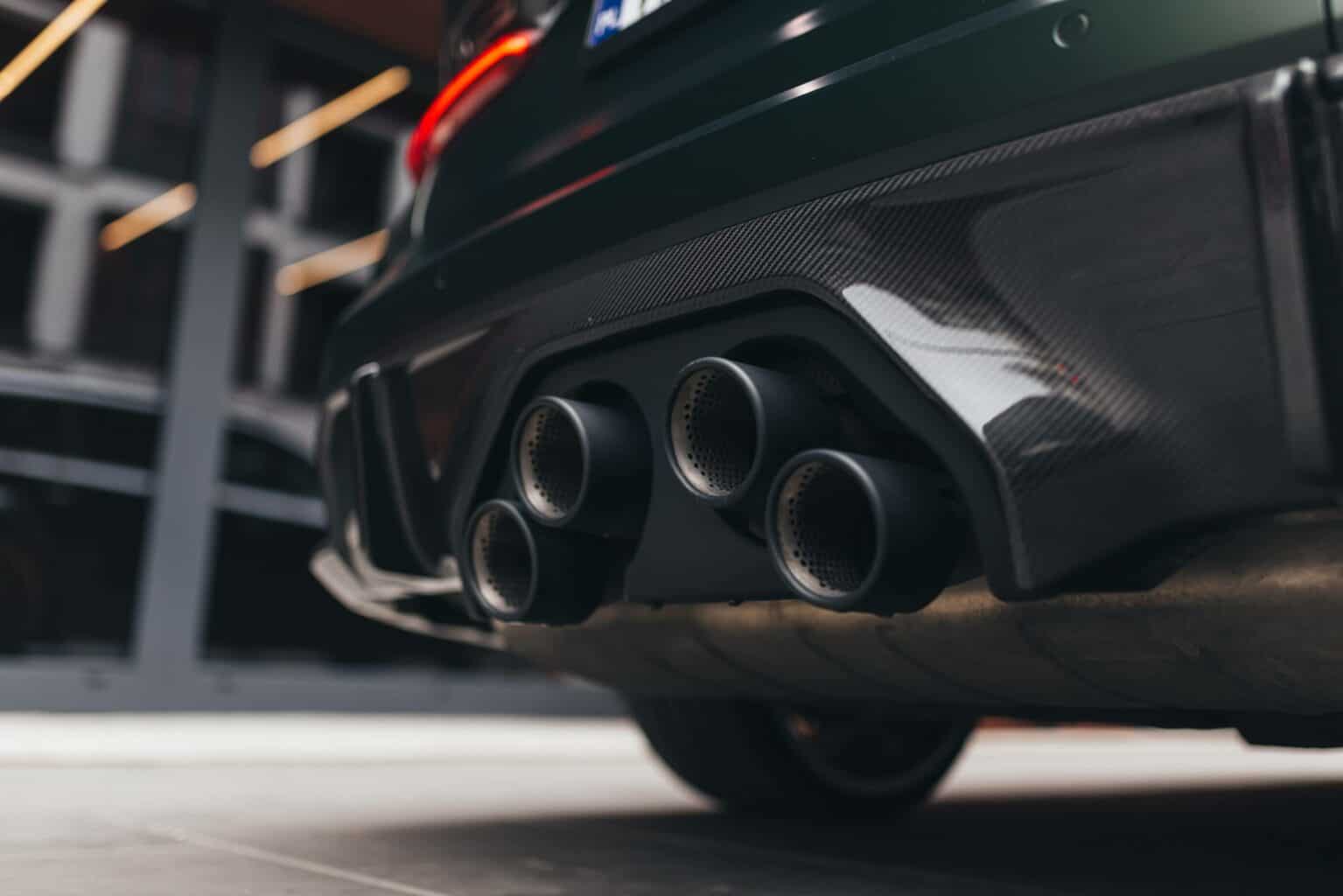
In addition, for the first time, regulations include non-exhaust pollutants under the scope of regulation, such as brake system particulates (PM10) and tire wear particles. Electric vehicles are also required to meet battery longevity standards, such as ensuring battery capacity remains above 80% after 5 years.
EURO 7 also requires vehicles to be equipped with an On-Board Monitoring (OBM) system to monitor emissions in real time, bans any form of emission control devices, and extends emission control system durability requirements from 100,000 kilometers or 6 years to 200,000 kilometers or 10 years.
Benz Becomes the Only German Luxury Brand Retaining the V12 Engine
The EURO 7 emission standard not only significantly tightens emission limits but also introduces testing conditions closer to real-world scenarios, covering extreme temperature ranges (-10°C to 40°C) and high-altitude environments. It also mandates On-Board Monitoring (OBM) systems to track emission data in real time.
This has increased internal combustion engine development costs, forcing many car manufacturers to streamline their product lines. For instance, BMW has discontinued its V12 engines, and Audi has stopped producing W12 engines, making Benz the only German luxury brand retaining the V12 engine.
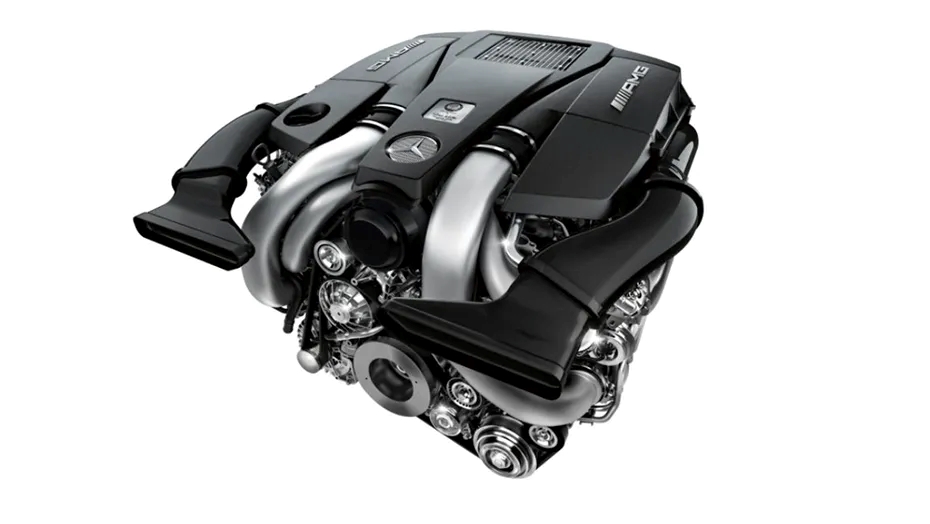
Benz Introduces Multiple Innovations for the V12 Engine to Comply with EURO 7 Standards
To meet the EURO 7 emission standard, Benz has made technological enhancements to the V12 engine, including upgrading the three-way catalytic converter and adopting a palladium-rhodium alloy coating, which improves nitrogen oxide conversion efficiency by 40% and effectively reduces harmful emissions.
Additionally, the integration of a 48V electronic turbocharger eliminates low-speed turbo lag, optimizing combustion efficiency. The AI dynamic air-fuel ratio control technology adjusts 200 times per second to ensure emissions consistently remain below the EURO 7 threshold.
Furthermore, after incorporating PHEV hybrid technology, the carbon emissions of the V12 engine can be reduced to 49g/km, a 65% reduction compared to the current model, setting an industry-leading benchmark.
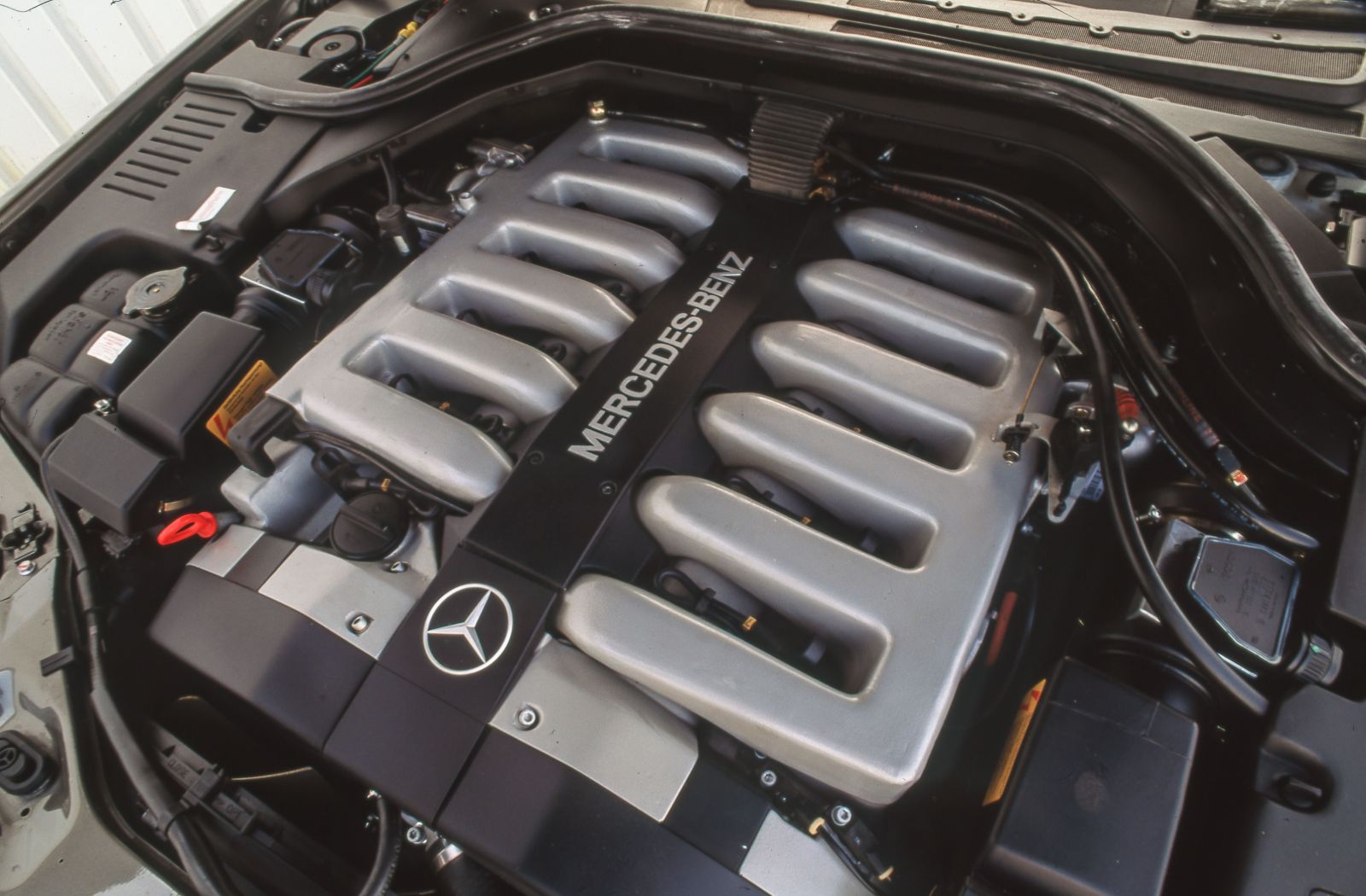
These upgrades enable Benz's V12 engine to not only meet the Euro 7 limit requirements (reduced from Euro 6's 60mg/km to 30mg/km, with a carbon monoxide (CO) limit of 100-300mg/km), but also add compatibility for detecting pollutants such as methane and nitrous oxide.
Facing Euro 7 Standards, Global Car Manufacturers Actively Adjust Strategies
Additionally, Mercedes and BMW have reached a technology-sharing agreement to jointly develop engines in order to share compliance costs.
Meanwhile, Lotus has phased out its outdated V6 engine and is developing a plug-in hybrid system (Hyper Hybrid) for the Emira model, planned for release in 2027.
It is reported that to meet the Euro 7 standards, car manufacturers need to invest significant additional costs, with passenger car costs increasing by 1862-2629 euros (approximately 9,310-13,145 MYR), and truck costs increasing by over 11,000 euros (approximately 55,000 MYR).
Volkswagen's CEO warns that prices of small cars may rise by 3000-5000 euros (approximately 15,000-25,000 MYR), otherwise they face the risk of being discontinued.
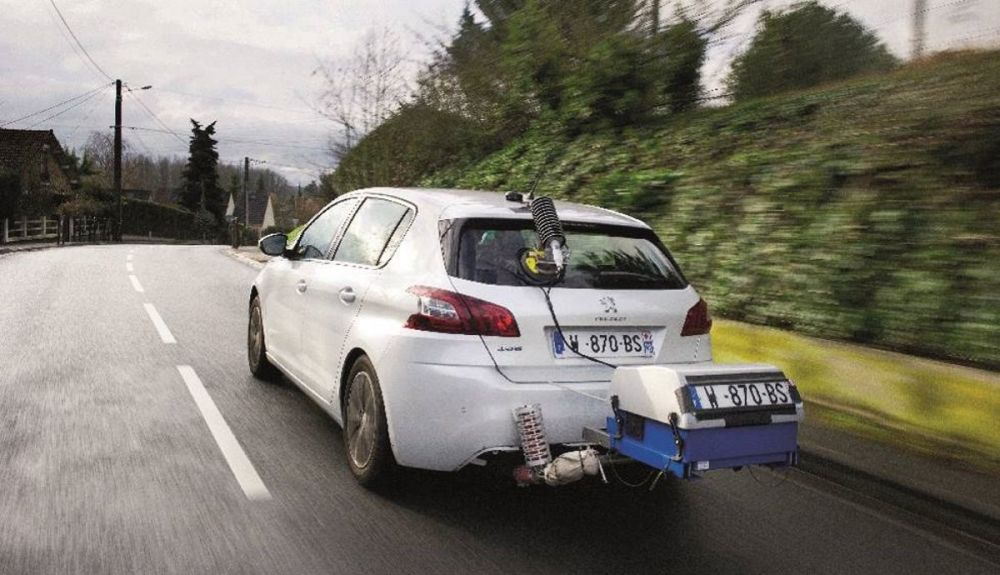
Euro 7 Standards Are Implemented in Phases Based on Different Vehicle Categories
For light vehicles (including passenger and light commercial vehicles), new model type approvals will be enforced starting from November 29, 2026 (with a 30-month transition period), and all newly registered vehicles must comply starting from November 28, 2027 (with a 42-month transition period).
For heavy vehicles (such as trucks and buses), new model type approvals will be enforced starting from May 29, 2028 (with a 48-month transition period), and all newly registered vehicles must comply starting from May 28, 2029 (with a 60-month transition period).
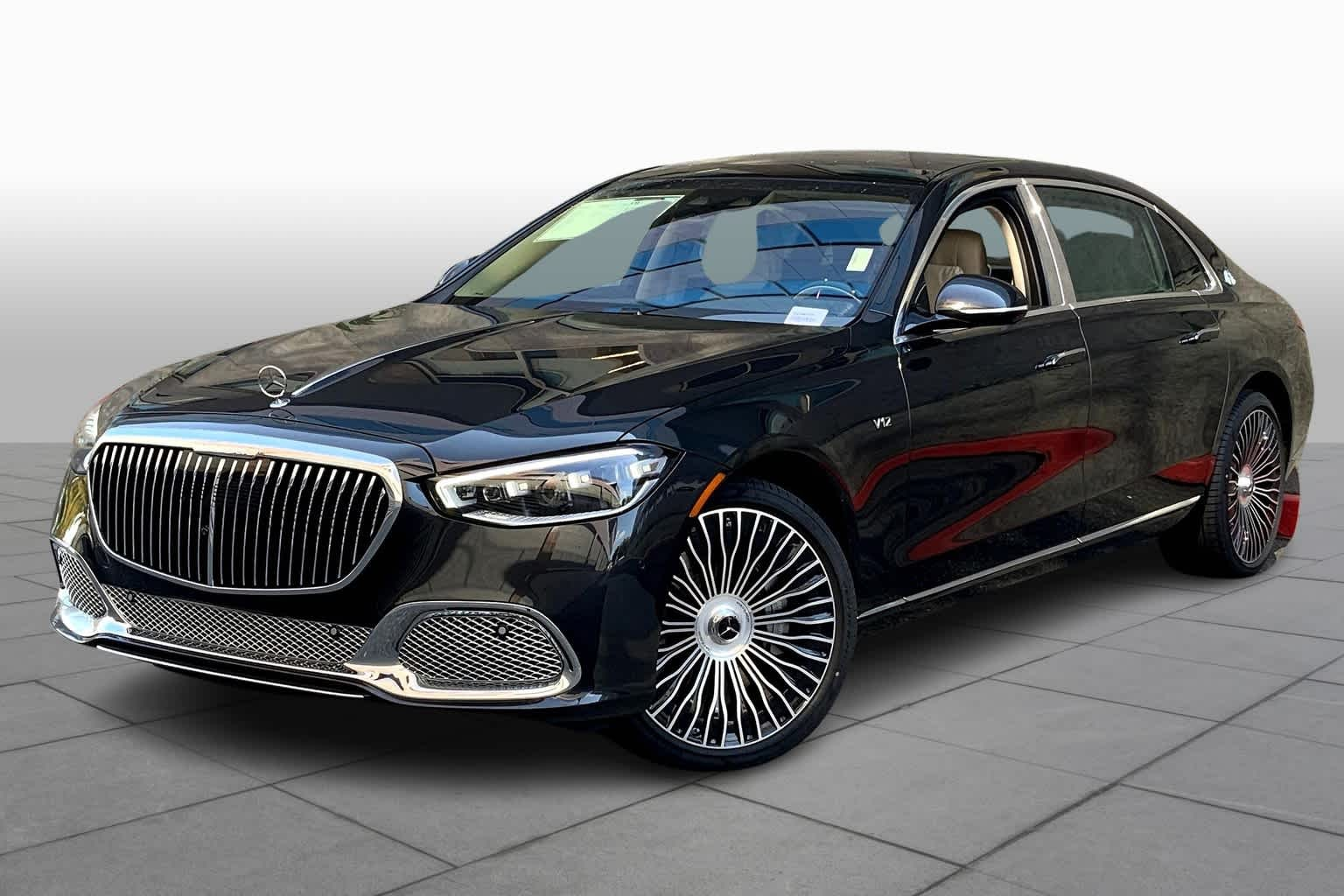
Currently, ultra-luxury brands like Lamborghini and Ferrari are facing similar challenges in their transition to electrification, as their hybrid models are being introduced slowly and face significant technical difficulties.
Mercedes' technological advancements have provided room for the survival of the V12 engine, which not only enhances its brand premium but could also make the V12 a symbolic feature of future limited-edition models.
If any infringement occurs, please contact us for deletion
Trending News

2026 Malaysia EV Road Tax Policy Analysis: Costs and Opportunities After the End of Exemptions
As December 31, 2025, approaches, electric vehicle owners in Malaysia will face a significant policy turning point — the four-year electric vehicle road tax exemption policy is coming to an end. Starting from January 1, 2026, all electric vehicles will be subject to an annual road tax based on a new power-based tiered tax system. This change marks a transition for Malaysia's electric vehicle market from a policy-driven phase to a new stage of market-oriented development, bringing new considerations for both consumers and the industry.

The fifth-generation Geely Emgrand car photos released, with upgrades in body size and power system
As a family sedan with cumulative sales exceeding 4 million units in China, the new generation Emgrand will further consolidate Emgrand's competitive position in the sedan market through stronger product capabilities.

BYD Sealion 7 is not only cheaper than Tesla Model Y, what other differences do they have?
Is it better to buy the BYD Sealion 7 or the Tesla Model Y? This really makes one a bit hesitant, but before you make a decision, I recommend you take a good look at this article.

Toyota Land Cruiser FJ did not disappoint, the most anticipated civilian off-road vehicle is back.
Since its birth in 1951 under the name Toyota BJ, the Land Cruiser series has accumulated sales of approximately 12.15 million units in over 190 countries and regions worldwide, becoming a global off-road icon spanning more than 70 years.

The all-new Proton X50 has sold over 6,000 units in a month and a half since its launch, becoming the champion in its segment.
Market data shows that the Proton X50 achieved a delivery volume of 999 units within the first five working days after its launch, and by the end of July, its production scale reached 2,000 units.
Popular Cars
Car Compare
Model Year
car model

